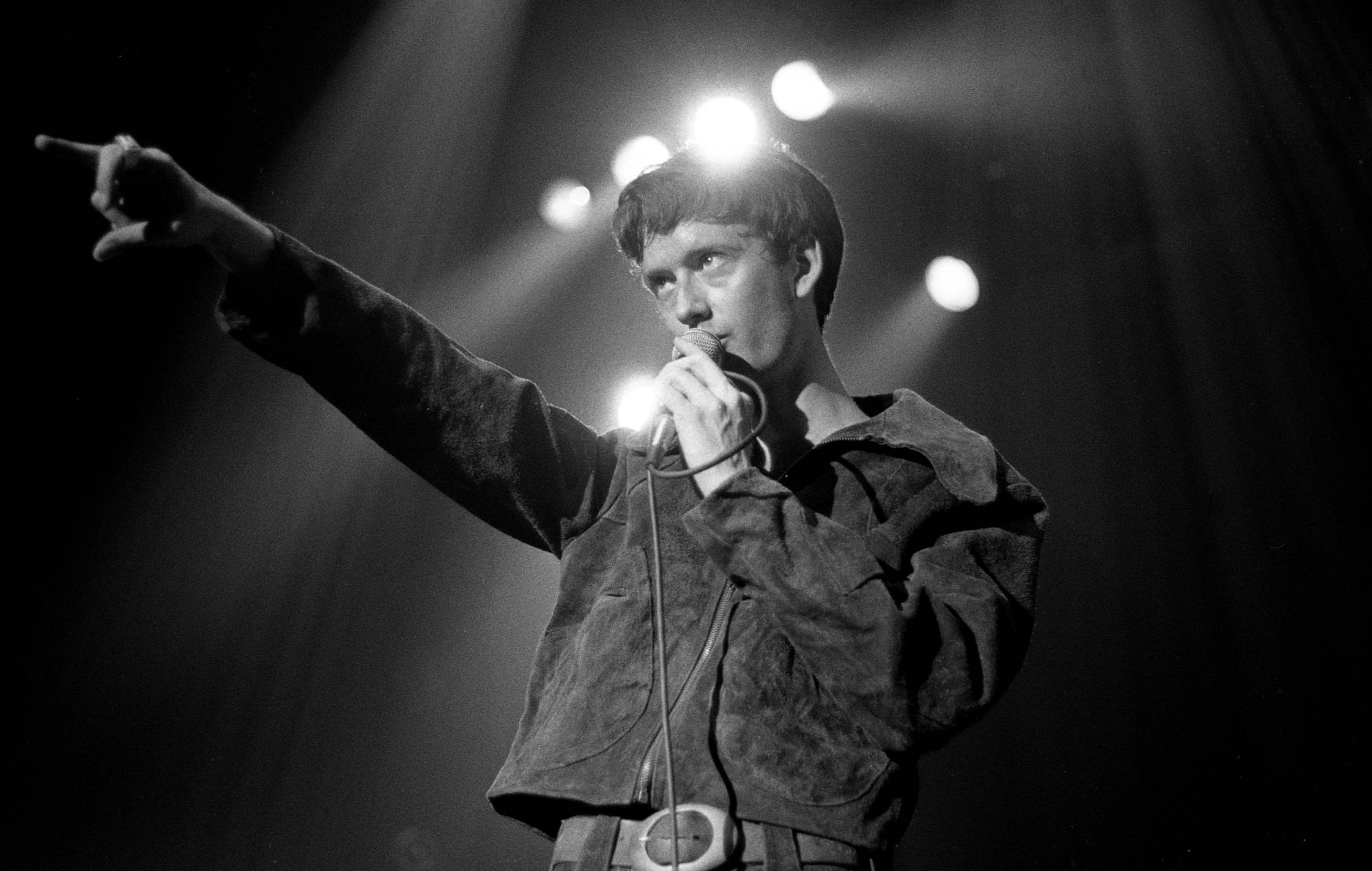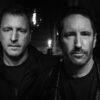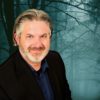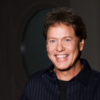Events/Promos
Reach out

- online@channelx94.com
- Channel X94 Facebook
- (435) 781-1100
- 29 South Vernal Ave. #2 Vernal, Ut 84078
 play_arrow
play_arrow
Channel X94 12.8k Listeners last 30 days


A new book has been published telling the story of the bizarre “Wallace & Gromit-style” DIY music studio that was a breeding ground for some of Sheffield’s most experimental future-stars of the ’70s and ’80s.
Studio Electrophonique: The Sheffield Space Age, From The Human League To Pulp tells the story of the home studio built in the council house of local mechanic Ken Patten, at the unassuming 2 Handsworth Grange Crescent across from The Everest pub. In 1961, he won a tape-recording competition by recreating the sound of a rocket launch using a pencil and a bicycle pump – kick-starting decades of recording weird and wonderful sounds with future local legends The Human League, Heaven 17, Pulp, ABC and many more.
The book draws on original interviews with Jarvis Cocker, Martyn Ware, Mark White and others who were around the scene at the time – who were all enthused to tell the story of this unsung Yorkshire hero.

“We started off making a documentary about the studio two years ago,” author Jamie Taylor told NME. “I’m not a filmmaker, but we made the film by accident just by tracking people down. My dad grew up on the same estate as Ken’s studio, and we’d seen this old business card of his in this book about Sheffield music.
“We found it intriguing that a car mechanic called Ken could have a music studio in his council house and call it something as exotic as Studio Electrophonique. We wanted to track down the story and found out that all these Sheffield artists that went on to become quite influential in the world of music had all been through Ken’s door in the ‘70s or ‘80s.”
He added: “They were all really keen to talk to us and tell their stories. That was down to the fact that Ken was a nice guy and very encouraging. Many of the artists went on to have terrible experiences in the studios with engineers and producers who were quite bolshy and thought they knew best, but Ken was quite supportive.”
Check out our full interview with Taylor below where he tells about what made Patten and the people of Sheffield tick, and how hometown heroes like Bring Me The Horizon and Arctic Monkeys are still carrying that Steel City spirit.

NME: Hello Jamie. Paint the picture of the chap and his weird little studio for us.
Jamie Taylor: “Ken was in his 50s but he used to wear a three-piece suit, smoke a pipe, wear his slippers, and he had Brylcreamed hair and a little moustache. Then you had people like Martyn Ware [The Human League, Heaven 17] and Adi Newton going in there with quite extreme electronic compositions. In 1977, they had a band called The Future, and they had a song inspired by the Son of Sam murders in NYC. It was an electronic soundscape that just had electronic screams over the top of it.
“They recorded it in Ken’s council house with his wife watching Coronation Street in the next room. It was quite a weird, incongruous set-up, but he never batted an eyelid and just got it all down on tape.”
What was it about Ken that led to this place existing in this strange little pocket of time?
“He was in the RAF in the Second World War and was really into sound technology. When he came back, he was part of this movement where tape recorders became quite affordable, and there were tape recording clubs around the country and magazines for people to swap what they’d made. He started off doing that kind of thing.
“In the ‘50s, during the atomic age and the Cold War, he started making science-fiction sketches in his house – rocket launches, missions to Mars, stuff like that. He made a lot of his own equipment too. In the book, Jarvis Cocker tells us the story of how when Pulp went into his house when they were schoolkids, ELO had just been in the charts with ‘Mr Blue Sky’ and Ken told them how he’d just built his own vocoder in 1965 for 50p, using these throat mics that he’d nicked from the RAF.”

That sounds wildly inventive and ahead of its time…
“They had these throat mics because the planes were so loud, but he worked out that if you stuck them on your neck and then plugged them into a keyboard and played a chord, then you could mouth the words and they’d come out in a synthetic robot voice.
“He had so many weird hobbies. He was into water skiing and built his own speedboat, which unfortunately exploded when he was giving his daughter a ride on it. After the explosion of the speedboat, he retired to the relative safety of the studio.”
This all sounds like a movie…
“He would have been the perfect character in a Wes Anderson film – a mad hobbyist and an obsessive inventor with his own little world inside his house. He used every room and built his own electronic drums, with the kit set up in the marital bedroom. Whoever was drumming had to go out and sit on the double bed on some plastic sheeting laid down by his wife.
“There was a spare bedroom that was completely decked out in these velvet curtains for recording guitars to deaden the sound. He’d even hooked up CCTV so he could speak to people from the nerve centre downstairs. It was a Wallace & Gromit-style set-up. He was almost a fictional character, but the stories are all true.”
What was it about Sheffield at this time that made it such a petri dish for weird characters?
“Sheffield’s famous for being a city of makers – making steel, cutlery, all that. People like Ken have that in them, to just make something if they’re not qualified or have the means to do it. If he didn’t have the money to buy a piece of equipment, then he’d try to make it himself.
“The other thing about Sheffield people is that they know that no one is going to ask them to do something – they just have the creative impulse to just get on with whatever they need to do. If they haven’t got the right piece of equipment, then they’ll just get on with it. I’d like to think that all the young people that went to Ken in the ‘70s and ‘80s took heart from Ken and thought, ‘If this old guy can make something in his house, then we can get together and make something original’.”

And these were all artists from normal backgrounds?
“A lot of those young artists that I talk about in the book – and some of them never went to Ken’s but were around at the same time, like Cabaret Voltaire – they all had the same attitude. They were going to make something distinct and original, and they weren’t going to pay attention to the prevailing trends. They weren’t university educated so they just picked ideas up from wandering around Sheffield and going into weird book shops like Rare & Racy and this brilliant record-lending library that had loads of weird avant-garde and electronic music or albums that you wouldn’t necessarily give a chance to if you had to buy them with your own money.
“I think a lot of the bands that came out of Sheffield at the time were all very original and different from each other. They’d formed these little gangs and gone around like magpies, nicking ideas from various places.”
What kind of ideas?
“When I did the interviews for the book, I found that the main influences culturally were things like J.G. Ballard novels, Michael Moorcock science fiction novels, the first Roxy Music album [self-titled, 1972]. They weren’t really influenced by UK punk when it came around, but more by weird American punk like Frank Zappa and Iggy Pop. They didn’t care about what was going on in London or later with the New Romantics – they had their own thing going on. I think that rings true today, and Sheffield is quite a separate space where people are quite modest, but also brave enough just to do their own thing – even if it doesn’t result in commercial success.”
Pulp’s first decade or so was defined by that lack of success and outsider spirit. Places like Ken’s studio would have just been an incubator that, right?
“I think so. It was weird with Pulp because when they did their recording with Ken, they had immediate success. Jarvis took the tape from recording at Ken’s to Sheffield Poly where John Peel was doing a roadshow, gave him a tape and immediately got a Peel Session. Pulp went to London for that when they were still at school in 1981. Jarvis thought he’d hit the big time, then nothing happened and he had to come back and live in the reality of Sheffield another 10 or 15 years. I really respect Jarvis because he’s had a full dose of Sheffield reality – of working in the fish market and in old factories, and living hand to mouth.
“He really thought he was going to be a pop star when he was a kid and it nearly came true a few times before he really persevered and put the time in while living in the bohemian shadows of Sheffield. A lot of other artists who went to Ken’s and became bands like ABC, they put a couple of years of struggle in, then became mainstream pop successes.”
What marked the end for Studio Electrophonique?
“Ken died in 1990. He was in his mid-60s and had a heart condition, but he was recording in his house for 20 years right up until the end. He recorded so many different genres of artists but wouldn’t try to influence them in any way.”
What’s the takeaway from this book? What do we learn about what can be done with a DIY spirit?
“People read Ken’s stories and feel encouraged that the artistic life is not this faraway place that is the privilege of people who have got a certain type of education or live in a certain postcode. It’s something that you can indulge and not be ashamed of. Just celebrate creativity for its own sake. Ken never made a big deal of the bands that became famous. He never tried to latch onto them or make his own name. ABC sent him a gold disc when ‘The Lexicon Of Love’ sold a million copies or whatever, but he’d never go on about it. He worked full-time as a car mechanic all through those years. He just used to enjoy making things. Just have a rich and imaginative life and do it for the enjoyment it brings.”
Do you feel like artists can still change things outside of London without the music industry machine behind you?
“I think so – as long as you’re doing it because you love doing it. If you’re doing it with an eye for fame or riches, then you won’t have the stamina. If it’s something you’re driven by, then it’s possible. There’s still a thriving music scene in Sheffield, and bands like Arctic Monkeys and Bring Me The Horizon have shown how distinct you can be in integrity and a vision.”

Studio Electrophonique: The Sheffield Space Age, From The Human League To Pulp is out now via Manchester University Press, with signed copies available here.
There will be a special launch event with Taylor along with Stephen Mallinder of Cabaret Voltaire, and hosted by writer Travis Elborough at The Horse Hospital in London tonight (Wednesday May 14). Visit here for tickets and more information.
The post Inside the “Wallace & Gromit-style” DIY council house studio that bred Sheffield’s weirdest stars appeared first on NME.
Written by: Brady Donovan






With Brady
2:00 pm - 6:00 pm

With Zack
6:00 pm - 10:00 pm

With Dave Scott
10:00 pm - 12:00 am

With Dave Scott
12:00 am - 2:00 am

With Rick Dees
2:00 am - 6:00 am

© 2024 Channel X94 | All Rights Reserved